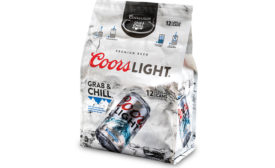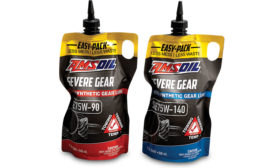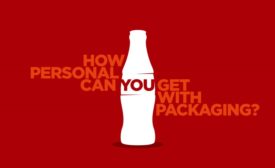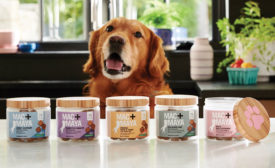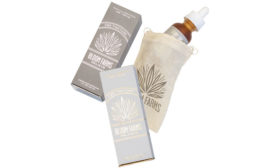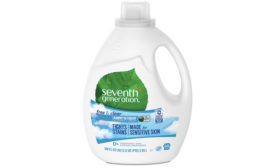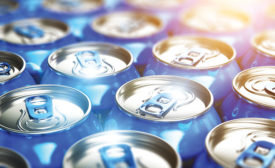Home » packaging trends
Articles Tagged with ''packaging trends''
Automation
Four OEMs share their experiences implementing PackML in machine design and build.
Read More
Spotlight Feature
Passion for the Pouch
The mighty pouch is pushing into untapped markets including motor oil and in-patient beverages.
May 14, 2019
Market Trends
Pet Food Packaging & Safety
Consumers want more for their pets and move toward natural ingredient, healthful pet food and treats after recalls.
April 12, 2019
Market Trends
Cannabis Packaging Goes Luxe
Premium designs and unique packaging create a high-end look.
March 20, 2019
Spotlight Feature
2019 Packaging Outlook: Rigid Plastic Packaging
Part 6 of 6
March 12, 2019
Keep the info flowing with our eNewsletters!
Get the latest industry updates tailored your way.
JOIN TODAY!Copyright ©2025. All Rights Reserved BNP Media.
Design, CMS, Hosting & Web Development :: ePublishing


